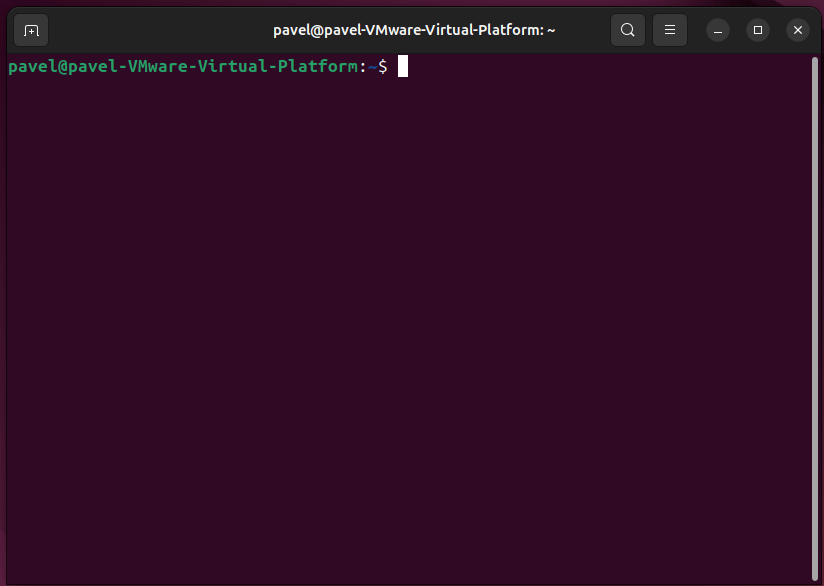Introduction
Ubuntu, like many Linux distributions, relies heavily on the command line for a wide range of tasks. Although the graphical interface of Ubuntu is user-friendly and powerful, mastering the terminal is essential for unlocking its full potential. For beginners, using the terminal can be intimidating at first, but once you become familiar with some basic commands, you’ll realize how efficient and flexible it is. This guide covers some of the most fundamental Ubuntu/Linux commands to help you get started.
2. Why Learning Basic Commands is Important
The terminal in Ubuntu allows you to interact directly with the operating system using text commands. Whether you're troubleshooting issues, automating tasks, or managing files, using the terminal can often be faster than navigating through the GUI. Understanding basic commands will:
- Make you more proficient in Ubuntu/Linux.
- Help you troubleshoot problems more effectively.
- Allow you to perform complex tasks that are impossible or difficult with a graphical interface.
3. Getting to Know the Terminal
The terminal is the place where you type and execute commands. In Ubuntu, you can open the terminal by:
- Clicking the Activities button in the upper-left corner of the screen and searching for "Terminal".
- Using the keyboard shortcut Ctrl + Alt + T.
When you open the terminal, you'll see a command prompt that looks something like this:
username@hostname:~$
Here:
usernameis your Ubuntu username.hostnameis the name of your computer.~represents the home directory.$indicates that you're logged in as a regular user (not the superuser).

4. Basic Ubuntu Commands Every Beginner Should Know
4.1 Navigating the File System
To navigate and manage files and directories, you'll need to know the following commands:
cd .. Moves you one directory up (parent directory).
cd ..
cd (Change Directory): Used to navigate to different directories. For example, to navigate to the "Documents" directory:
cd Documents
ls (List): Lists the files and directories in the current directory.
ls
Desktop Documents Downloads Pictures
pwd (Print Working Directory): This command shows you the current directory you are in.
pwd
/home/username
4.2 Managing Files and Directories
rmdir: Deletes empty directories.
rmdir my_folder
rm (Remove): Deletes files or directories.
rm myfile.txt
mv (Move): Moves files or directories. This can also be used to rename files.
mv myfile.txt /home/username/Documents
cp (Copy): Copies files or directories.
cp myfile.txt /home/username/Documents
touch: Creates a new empty file.
touch myfile.txt
mkdir (Make Directory): Creates a new directory.
mkdir new_folder
4.3 Checking System Information
free -h: Displays available and used memory.
free -h
df -h: Shows disk usage and available space.
df -h
uname -a: Displays system information such as kernel version, architecture, and more.
uname -a
Linux ubuntu 5.4.0-42-generic #46-Ubuntu SMP x86_64 GNU/Linux
4.4 Installing and Removing Software
apt remove <package>: Removes a specific package.
sudo apt remove vim
apt install <package>: Installs a specific package.
sudo apt install vim
apt upgrade: Installs available updates for all packages.
sudo apt upgrade
apt update: Updates the package lists from the repositories.
sudo apt update
4.5 Managing Permissions
chown: Changes the ownership of a file or directory.
sudo chown username:group file.txt
chmod: Changes the permissions of a file or directory. For example, to make a file executable:
chmod +x script.sh
4.6 Networking Commands
netstat: Shows network connections, routing tables, and more.
netstat -tuln
ifconfig: Displays network interface information.
ifconfig
ping <hostname>: Tests connectivity to a specific host or server.
ping google.com
4.7 Disk and Storage Management
mount and umount: Mounts and unmounts file systems.
sudo mount /dev/sdb1 /mnt
sudo umount /mnt
fdisk: A utility to manipulate disk partitions.
sudo fdisk -l
lsblk: Lists information about all available block devices (hard drives, partitions, etc.).
lsblk
Conclusion
Mastering the command line in Ubuntu is an essential skill that will help you navigate, manage, and troubleshoot your system more effectively. With the basic commands covered in this guide, you'll be able to perform a wide range of tasks and become more comfortable with the Linux terminal. As you grow more confident, you can explore more advanced commands and techniques to further optimize your workflow.
This post covers the very basics to get you started. Be sure to check out the next blog post in this series for a deeper dive into the terminal and essential Linux/Ubuntu commands.

